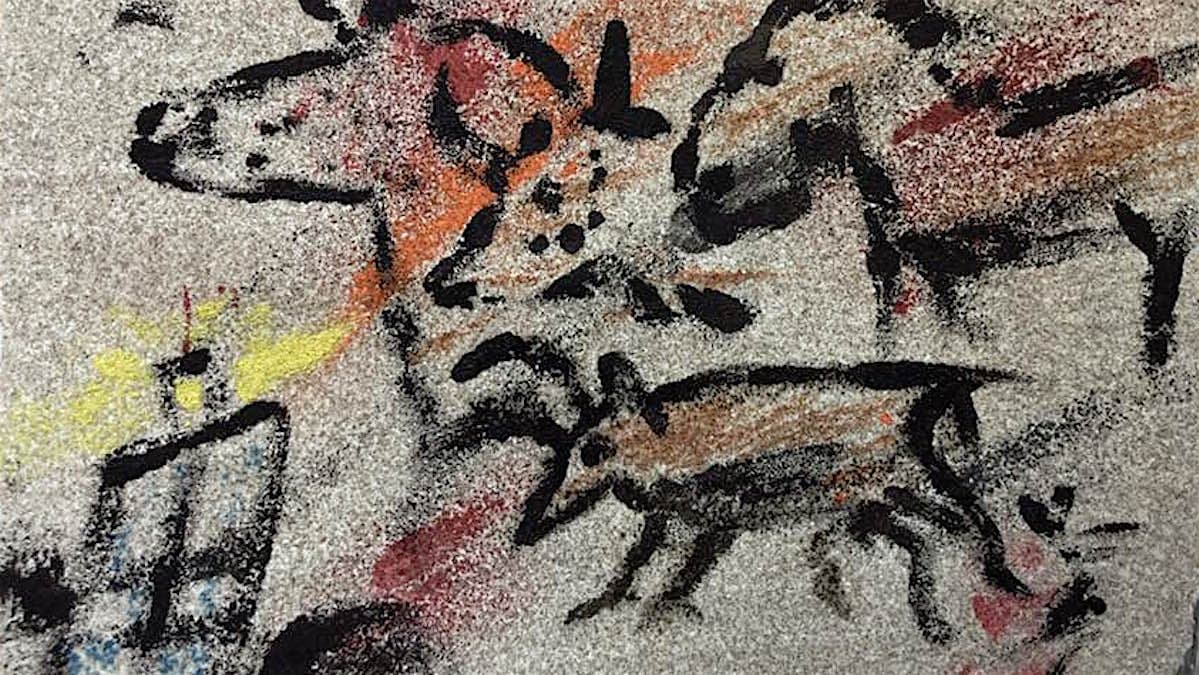When we look at the images left by ancient people on cave walls, it’s as if we’re peering through a window into the origins of human culture. These drawings impress not only with their expressiveness but also with their complexity, especially considering the limited resources available at the time. Debates about their purpose persist — were they mere survival diagrams or already the first form of art?
In our time, when visual culture and digital entertainment, including new czech online casinos, have become part of everyday life, it is worth pondering how deep the roots of creative self-expression go. Could cave painting be the very origin of artistic thinking?
Cave Images and the First Signs of Artistic Awareness
Today, when we habitually spend our leisure time immersed in virtual entertainment, from streaming films to online casinos, it’s difficult to imagine an era when humans were just beginning to understand themselves and the world around them. But it was precisely then, tens of thousands of years ago, that the first sparks of creative thinking ignited in the darkness of caves. Cave paintings discovered around the world — from France to Indonesia, from Spain to the Moravian region of Czechia — continue to inspire admiration and debate. Were they a form of art or a practical survival tool?
The most famous examples of cave art date back to the Paleolithic era, around 40,000 years ago. Lascaux, Chauvet, Altamira, and lesser-known but equally significant caves in Czechia, such as Kateřinská Cave in the Moravian Karst, offer insights into how early humans viewed the world. Animals — bison, horses, deer — were depicted with astonishing accuracy and even a sense of movement, as if their figures came to life in the flickering torchlight.
But were these images simply hunting diagrams? Or was there something more — something symbolic, spiritual, aesthetic?
Functions and Interpretations: Ritual, Language, Inspiration
Researchers still haven’t reached a consensus on the purpose of prehistoric paintings. Some believe it was a kind of “hunting magic” — the belief that depicting an animal would ensure a successful hunt. Others argue it was an early form of communication, a visual language that preceded spoken words. Some see the beginnings of religion in these images — perhaps an attempt to send messages to nature spirits or express reverence.
One of the most intriguing theories suggests that cave painting was the first step toward what we now call art. Proportions, symmetry, and the use of cave wall reliefs to create volume all point to a refined sense of form and suggest that aesthetic value mattered.
Unlike purely practical images, art is meant to evoke a response, emotion, or admiration. And although early humans left no written commentary, the paintings speak for themselves: they are emotional, expressive, and, above all — unique.
Art Beyond the Museum: Where Do We Draw the Line?
If we define art as something created to express ideas, feelings, or internal states, then cave paintings certainly fit that definition. Moreover, they have become a significant source of inspiration for modern artists and designers. Even street graffiti, often condemned as vandalism, appeals to the same instincts — to leave a mark, to communicate an idea, to declare one’s presence.
Cave painting is art beyond time, beyond formal boundaries, beyond academic norms. It wasn’t created for galleries but for a narrow audience — perhaps for tribespeople or descendants. But like any powerful artistic expression, it has retained its strength through the centuries. Today, in the digital age, when images are mass-produced and quickly forgotten, these ancient visuals still speak to us, making us reflect on the essence of human nature.
Heritage at the Heart of Europe: A View from Czechia
Czechia, with its rich archaeology and deep interest in prehistoric cultures, plays a vital role in studying early art. In Moravia, not only have cave paintings been found, but also mysterious artifacts such as the Venus of Dolní Věstonice — one of the earliest known human sculptures. This emphasizes that the aesthetic perception of the world existed long before the civilizations of Mesopotamia or Egypt.
For Czech museums and research centers, the study of the Paleolithic era is not just a scientific endeavor but a way to gain deeper insight into the roots of European culture. After all, some of the first European artists lived and created on this very land. In this context, the question — is cave painting art — sounds less like a debate and more like a recognition: yes, it was and remains art in the most sincere and human sense.
